Planetary Conjunctions in April: Mars, Saturn, Mercury, Venus, and More!
10th Apr 2024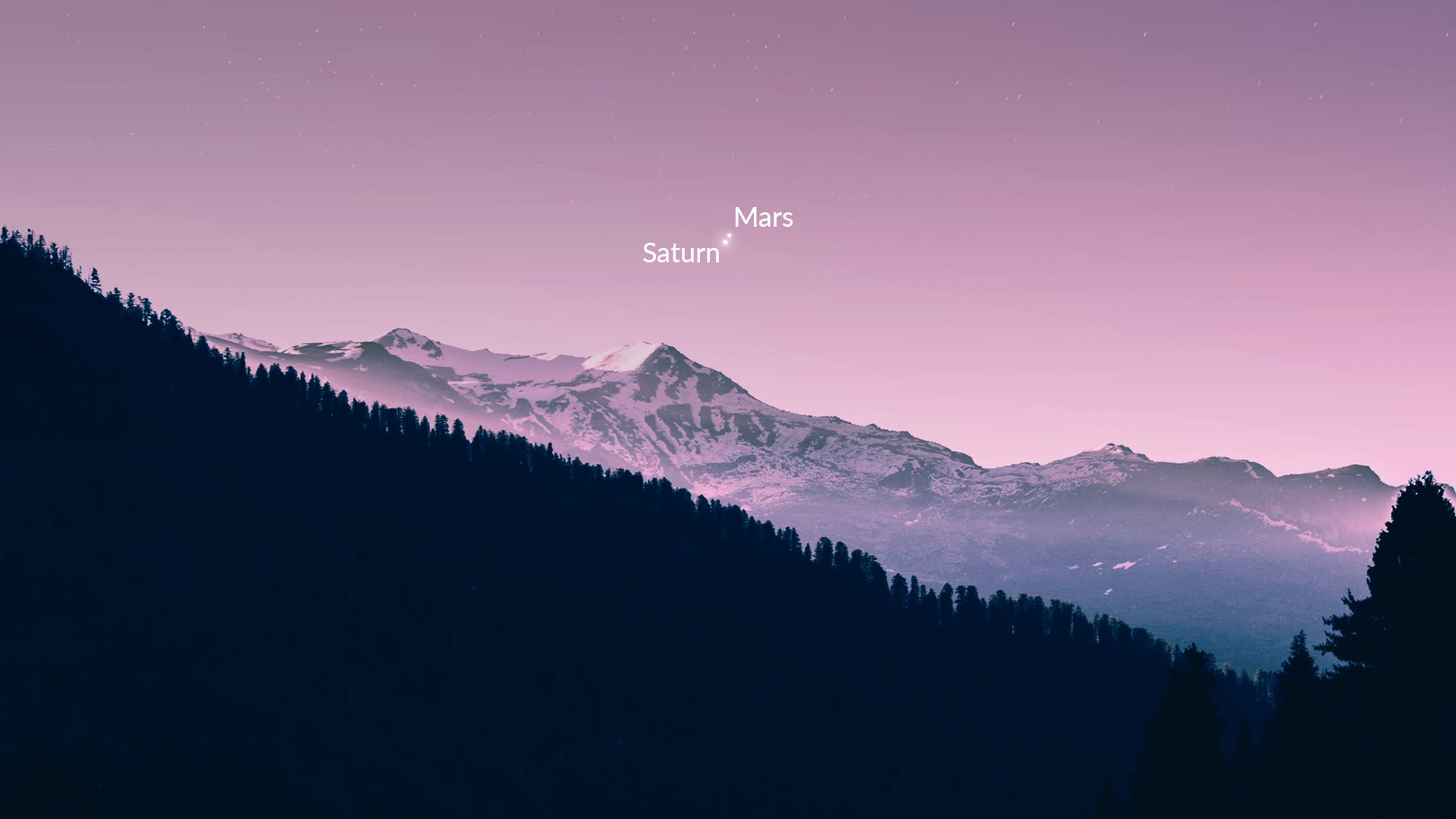
The total solar eclipse is over, but April unveils yet another celestial extravaganza: planetary conjunctions! Brace yourselves for not just one but a QUARTET of these captivating alignments, gracing the heavens until the month’s end! Let’s figure out what you can see in the night sky and how to see it in 2024.
What is a planetary conjunction?
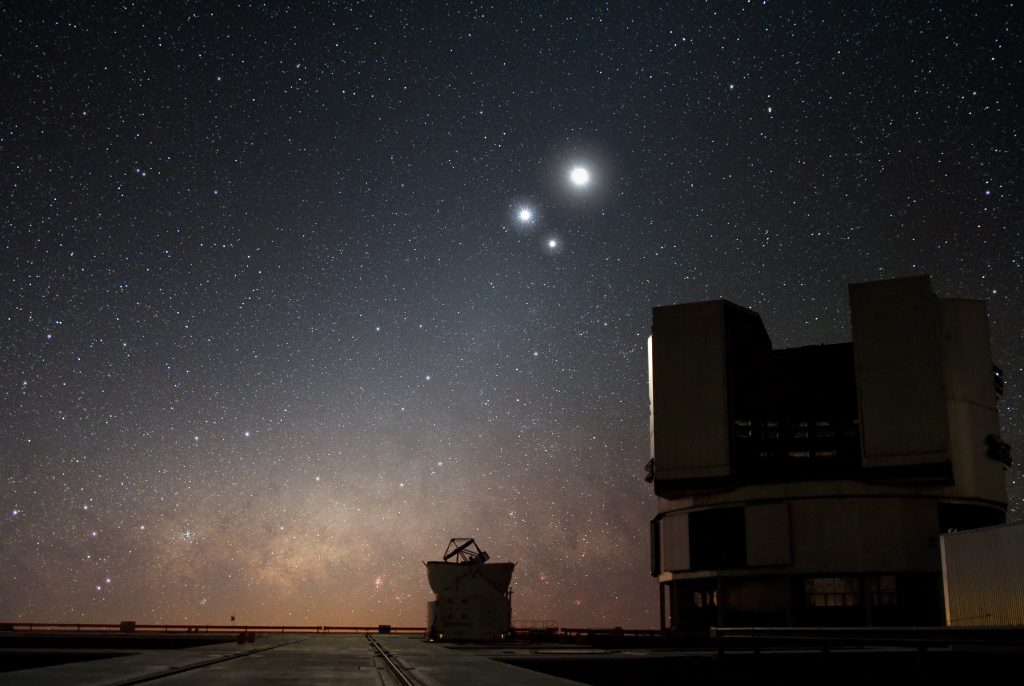
First, let us quickly explain what planetary conjunction is in simple words. A planetary conjunction happens when two or more planets appear close together in the sky. Picture it like a celestial meet-up where planets gather in the same neighbourhood of space as seen from Earth. This occurs because planets move around the Sun at different speeds and distances. Sometimes, their orbits align in a way that makes them seem almost touching when viewed from our planet.
From an astronomical perspective, a conjunction occurs when celestial objects align along the same right ascension or ecliptic longitude in the sky. It’s like they’re standing side by side in the vastness of space, creating a captivating alignment visible from Earth.
4 planetary conjunctions you can see in April
Mars-Saturn: 10 April
These two planets will be visible to the naked eye at 18:46 GMT (2:46 p.m. ET). They will be just 0°24′ apart. Observers in the Southern Hemisphere will have a prime view, with the planets soaring high above the eastern horizon in the morning. Meanwhile, those in the Northern Hemisphere may catch a glimpse just before sunrise as the planets hover closer to the eastern horizon.
Mercury-Venus: 19 April
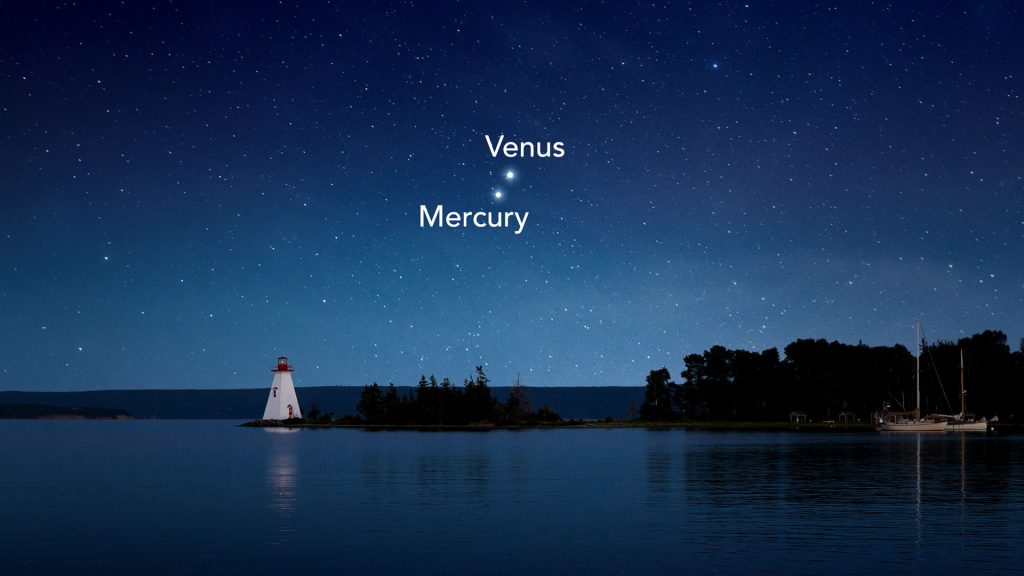
On that date, around 4:59 a.m. Eastern Time (08:59 GMT), Venus, which shines super bright, will get really close to Mercury, a smaller, fainter planet. They’ll be about 1° and 41 minutes apart. Now, from most spots on Earth, they’ll be too close to the Sun to see. But if you’re in the Southern Hemisphere, you might just catch Venus peeking above the eastern horizon early in the morning. Mercury, in turn, will be shy, hiding in the sunlight, so it might be harder to spot.
Jupiter-Uranus: 20 April
It’s going to be quite a spectacle! These planets are only conjunct around once every 14 years. Moreover, Comet 12P/Pons-Brooks will be located just a few degrees from the pair. Look for a quite dark spot for this one, though; it may be too faint to see in binoculars due to the twilight.
On 20 April 20, around 3:30 a.m. Eastern Time (07:30 GMT), Jupiter, the giant planet with its bright shine, and Uranus, a bit dimmer and harder to spot, will come really close to each other. They’ll be just 31 minutes of a degree apart! To catch it, look towards the western horizon in the evening, right after the sun sets. You’ll have a better view if you’re in the Northern Hemisphere, as in the Southern Hemisphere, they’ll be closer to the horizon and tougher to see.
And here’s a tip: bring binoculars along, especially if you’re in a city with lots of lights. Uranus is too faint to see with just your eyes.
Mars-Neptune: 29 April
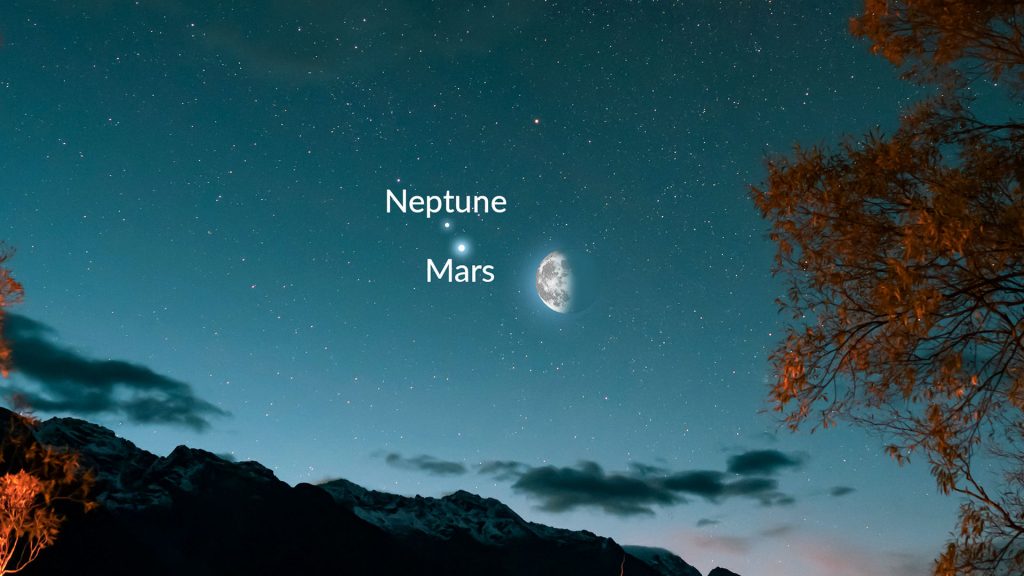
Look at the sky around midnight Eastern Time (04:01 GMT) to see Mars, the fiery red planet, swinging by Neptune, a much fainter neighbour. They’ll be really close, only about 2 minutes and 14 seconds apart! To put that in perspective, it’s even closer than Jupiter and Saturn were during their big meeting in 2020. But here’s the thing: Neptune is so dim that you won’t see it without some help. You’ll need binoculars or a telescope to spot both planets. Look towards the east in the wee hours of the morning to catch this cosmic duo. And if you’re in the Southern Hemisphere, you’re in luck—you’ll have a clearer view of the show.
Now you’re all set to catch these planets cosying up in the sky. We wish you clear skies and happy observations of the planetary conjunctions in April!
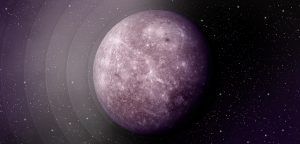





Thank you for your comment! It will be visible on the site after moderation.